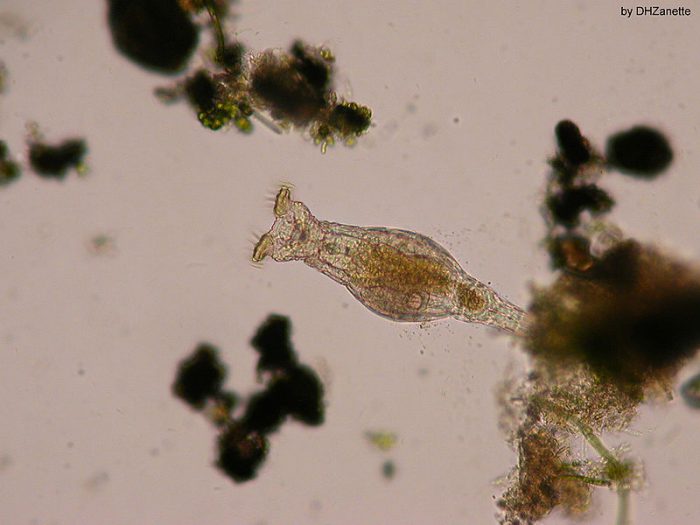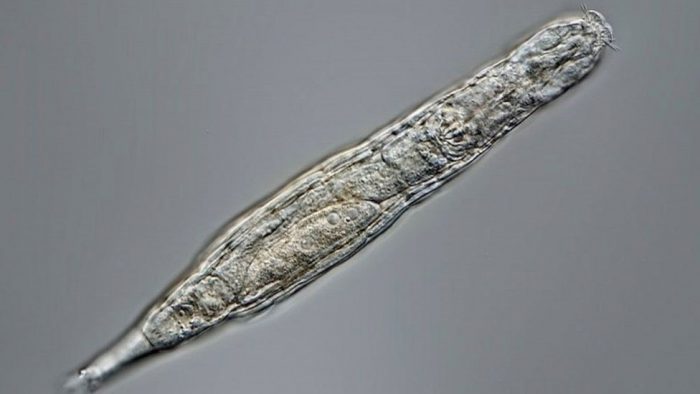The phrase 'frozen in time' can be used to mean a few things. But it's very rare that it is used to mean literal living things. Especially living things that can then be brought back to life.
And after being frozen for 24,000 years!
But yet here we are. Meet the Bdelloid rotifer—a microscopic, aquatic invertebrate. Recently, dozens of these creatures were revived after countless years of being trapped inside a dirt ice cube in the Siberian permafrost. And even more amazingly, the rotifers not only came back to life, they quickly began reproducing.
This finding proves that certain life forms can withstand ages in a kind of frozen hibernation—just waiting for the right moment to rejoin the party of life. Incredible!
You've got to chill
The thawing of permafrost in places like Alaska is changing the landscape completely. (Getty Embed)
Permafrost has been in the headlines a lot lately. This is especially true of the permafrost in Siberia, a wide open northeastern Asian territory that makes up the majority of Russia. Why?
First off, permafrost is permanently frozen ground that is found in and around the polar regions of Earth. This ground stays so cold that it essentially never thaws. Perma. Frost.
Except ...
In many places in the world—including Alaska, the Yukon, and Siberia—it now is thawing. The thawing of permafrost is one of the strongest signs so far of the powerful effects of climate change. The planet has always had 'warm years' and 'cold ones'. But for the permafrost to soften up requires many years of warmer temperatures.
Not alone

Rotifers were already well known as amazing survivors. Similar to tardigrades, they can survive extremes of temperature and radiation, as well as being completely dried out, or desiccated. (Wikimedia Commons)
This thawing has led to a gold rush of discoveries. Objects—including once-living things—that were trapped in the permafrost were as well-preserved as if they had been encased in ice. And so researchers are finding the remains of everything from prehistoric horses and dogs to woolly rhinos and mammoths. We're talking about specimen with flesh, skin, hair, fur, and other soft tissues that go way beyond the fossilized bones that are usually found.
So on one hand, this is leading unreal discoveries. Recently, scientists even figured out how to 'wake up' the cells of a long extinct woolly mammoth! Like the multicellular rotifers in today's story, it shows how well certain cells can be preserved when in permafrost. They aren't just intact—they can come back to life after 24,000 years. And in another case, 40,000 year-old roundworms were revived after being thawed out.
But on the other hand, there was a reason that these tiny creatures were frozen for so long. That's sort of how our world was balanced. These areas were always super cold. What's in store now that these regions—and even some of their creatures—are waking up? Scientists are watching closely to find out.
In the meantime, check out this video that shows rotifers doing their stuff, including being revived after being 'dried out'. When this video was made (2016), the longest confirmed time that a rotifer had been dried out and then revived was 9 years. Guess they'll need to update that!
 One of the revived rotifers, wriggling around for the first time in 24,000 years! (Michael Plewka)
One of the revived rotifers, wriggling around for the first time in 24,000 years! (Michael Plewka)









